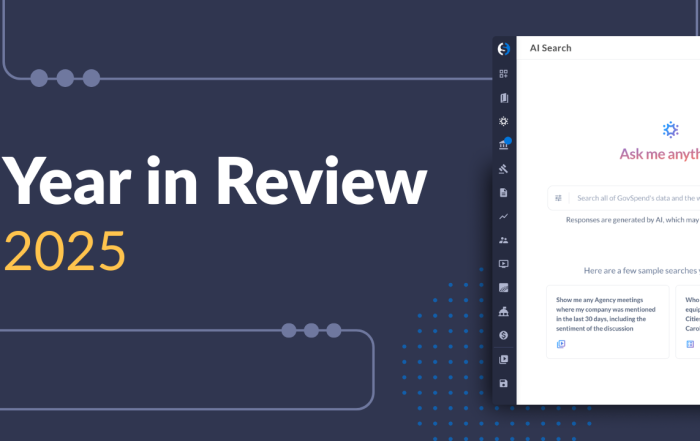
When it comes to selling: sales is sales. Does your prospect have a problem they are trying to solve? If so, does your product or service help solve their problem? If it does, then you can pitch them, and try to make the sale. As we all know, the process of selling can be a bit more complicated but helping your prospect identify a pain point will be the key to your success.
The discovery phase is one of the most important parts of the sales process. You need to vet your clients in the early stages through a series of questions that will allow you to know if the opportunity is worth pursuing. So many people get caught up in the sales pitch, explaining the benefits of their solution, that they never take a step back to understand the day to day operations of their prospect. This can lead to a frustrating experience on the buyer side, giving the impression that salespeople are only thinking about commission. Take a moment to truly understand if the person you are speaking with can benefit from what you have to offer. Listening more than speaking is a good rule of thumb!
Once you have identified someone that needs your help, then you can transition the conversation on how you can make their life better with whatever you have to offer. Once value has been proven, you will need to move into the closing process. Value can be proven through solid value proposition strategies. Ask your prospect how they purchase, what is the approval process, how long will it take, who needs to be involved in making the final decision, and how will they pay.
Selling to the government is very similar to selling to the private sector. Sure, the process of selling to the government might have more” red tape” as the buyer is responsible for spending taxpayer dollars but the key principles of sales are the same. But, if you build relationships through conversations and gain trust in your product/service, your company, and most importantly YOU will help the prospect accomplish their goals. The government buys your product or service, you just need to find out from who and begin those conversations.
Some companies sell to government agencies without ever speaking to a person. They take a reactive approach and wait for bid/rfp opportunities, fill out the paperwork, and cross their fingers hoping they win! This process can be time consuming and sometimes discouraging, depending on your bid-to-win ratio. Influencing the bid/rfp before it is released will help increase your win percentages as the agency can write specifications that are tailored to the unique offering of your company. The only way to influence the bid is through prior conversations, which is more of a proactive approach through outreach.
Learning how to win government contracts outside the bid/rfp process is how you can win more business that your competition will never know about until after the fact. Make sure you know ALL of the ways the government purchases so you can make it easier for them to buy.
Here are all the ways you can buy outside the bid/RFP process: Sole Source, Piggybacking, Discretionary Spend, P-Cards, Simplified Quotes, Set-asides, GSA/State Schedules, State of Emergencies, and Co-ops. If any of these terms don’t make sense to you, check out our government terms blog for more detailed explanations.
80% of government procurement happens outside of the bid/RFP process. If you’re interested in seeing all of these opportunities, set-up a free demo with us today to learn more.



